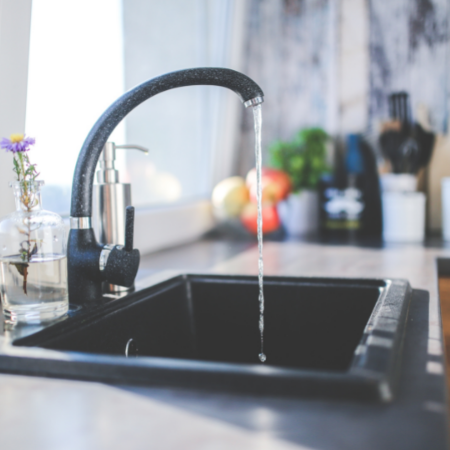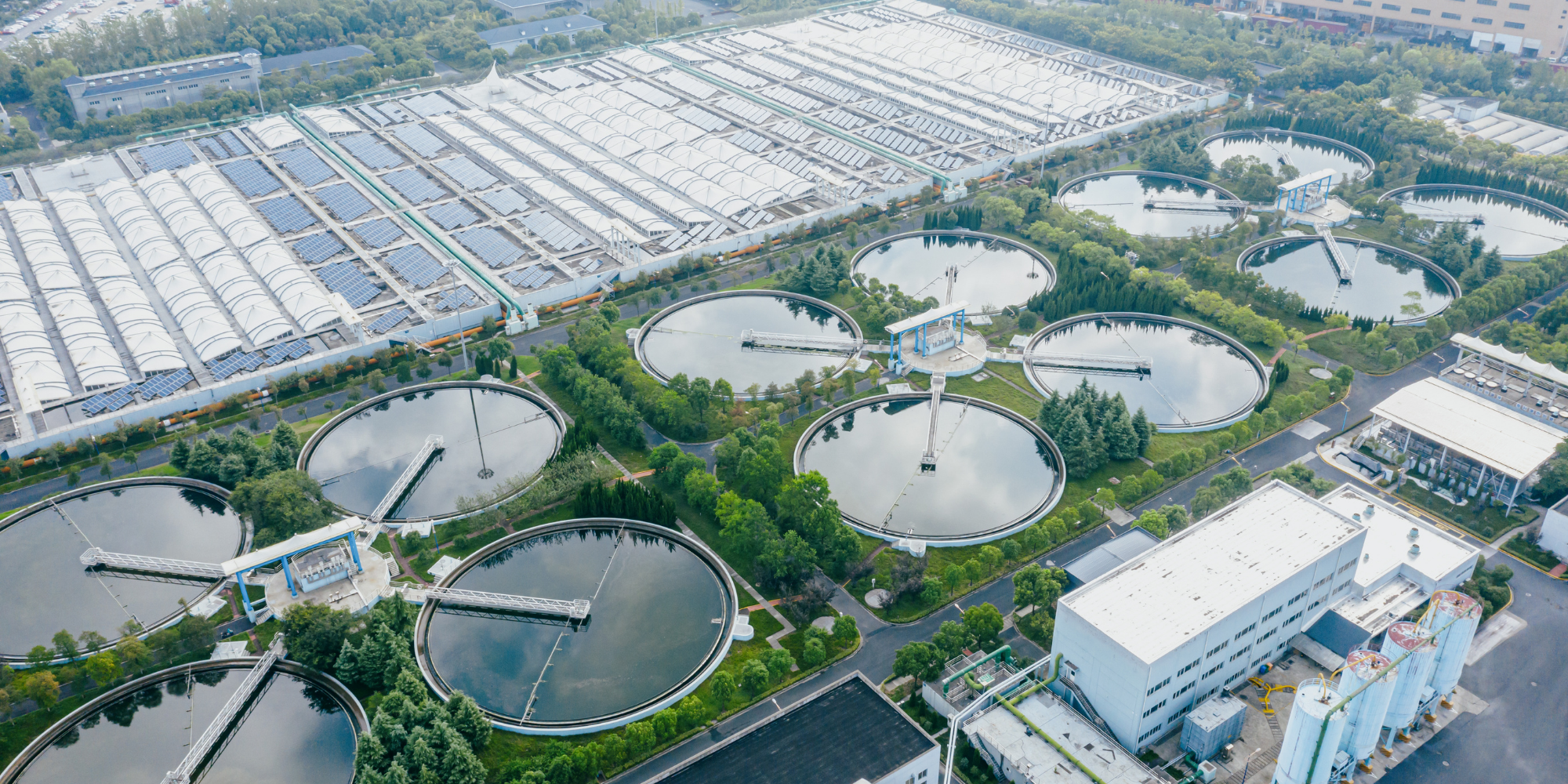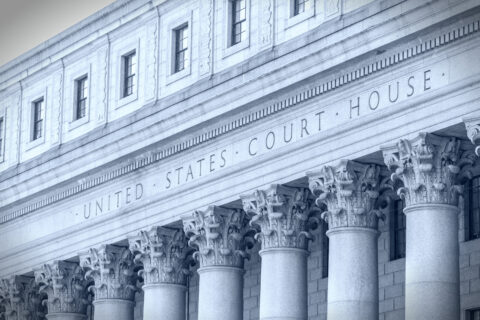
Through NLC’s Ready to Rebuild report and the transportation, water and broadband stories local leaders share, we know that investments in our nation’s infrastructure can’t wait. From lead pipe replacement to stormwater management, cities, towns and villages face a long list of water infrastructure challenges and capital investment needs – at staggering costs.
To meet the nation’s growing water infrastructure needs, address the impacts of climate change on our water resources and to ensure equity and affordability for low- and fixed-income ratepayers, NLC is calling on the federal government to recommit to being a significant partner with local governments by providing financing, funding and flexibility.
The Infrastructure Investment and Jobs Act (IIJA) provides much needed progress toward achieving this goal with the inclusion of the bipartisan Senate-passed Drinking Water and Wastewater Infrastructure Act, which NLC supported.
Top Water Infrastructure Programs Funded in IIJA
- $11.713 billion each for the Clean Water and Drinking Water State Revolving Funds (SRFs) over five years. The bill language stipulates that states shall provide 49% of the funding to eligible recipients in the form of principal forgiveness/grants, with the rest in the form of traditional SRF loans.
- $15 billion over five years for lead pipe replacement projects and associated activities directly connected to the identification, planning, design and replacement of lead service lines. It’s important to note that this money will flow through states via the Drinking Water SRF. The bill language stipulates that states shall provide 49% of the funding to eligible recipients in the form of principal forgiveness/grants, with the remainder in the form of an SRF loan. NLC supported an amendment that would have changed this to 100% principal forgiveness/grants, but the amendment did not come up for a vote.
- $10 billion in grants over five years to address emerging contaminants and PFAS drinking water contamination. The bill allocates $1 billion through the Clean Water SRF with 100% in the form of principal forgiveness/grants; $4 billion through the Drinking Water SRF with 100% in the form of principal forgiveness/grants; and $5 billion through the states, but not through the SRF programs, for underserved communities.
- $75 million for the Army Corps WIFIA program for safety projects to maintain, upgrade and repair dams identified in the National Inventory of Dams. The 2014 water resources bill created a loan program called Water Infrastructure Finance and Innovation Act (WIFIA) at both the U.S. Environmental Protection Agency and the U.S. Army Corps of Engineers. While EPA has successfully been offering loans for the past several years, the Army Corps Water Infrastructure Financing Program received first-time funding in FY21 and is expected to publish a funding availability notice later this year. The FY21 allocation, however, included restrictions that the financing could only be used for repair, operation and maintenance of existing dams that were listed in the National Dam database, a narrower scope than originally authorized.
- $465 million for the Army Corps Continuing Authorities Program (CAP) to plan, design and implement smaller, less complex or less costly water resources projects in communities. Under the CAP program, the Army Corps works with local sponsors on projects without the need to obtain specific Congressional approval. The program decreases the amount of time required to budget, develop and approve a potential project for construction. Additionally, for qualifying economically disadvantaged communities, projects could be 100% federal in cost.
- $8.3 billion for Western water infrastructure for projects through the Bureau of Reclamation to address aging infrastructure, water storage, water recycling and reuse, efficiency and drought contingency plans.
What Else Needs to Be Done?
While IIJA provides key funding and financing opportunities to support local water infrastructure projects, many grant programs authorized in the bill are left unfunded. NLC is looking toward the budget reconciliation process to provide grant funding for these critical programs, such as for water resiliency and sustainability, source water protection and alternative water sources, sewer overflow and stormwater management, new and emerging technologies, wastewater efficiency, water infrastructure workforce development, among others.
These grant programs are important to help address equity and affordability for communities and residents. Small, disadvantaged and rural communities in particular struggle with meeting and affording all their water infrastructure needs.
In the House, water infrastructure jurisdiction is split between the Transportation and Infrastructure Committee (wastewater) and the Energy and Commerce Committee (drinking water). This week, each committee will mark up their budget reconciliation bills, with additional funding for water infrastructure programs expected to be included. Of note, included is $30 billion for lead pipe replacement in the Energy and Commerce draft and $1 billion for sewer overflow and stormwater reuse municipal grants in the Transportation and Infrastructure draft.
Make Your Voice Heard
NLC has called on Congress to support these and other priorities in the reconciliation package, and to swiftly pass both the reconciliation bill and infrastructure bill into law. To support these efforts, you can highlight your own local connectivity efforts to your congressional delegation using NLC’s advocacy tools.









